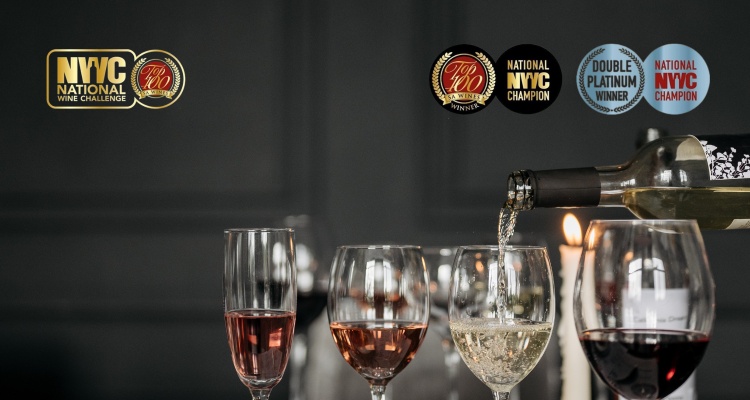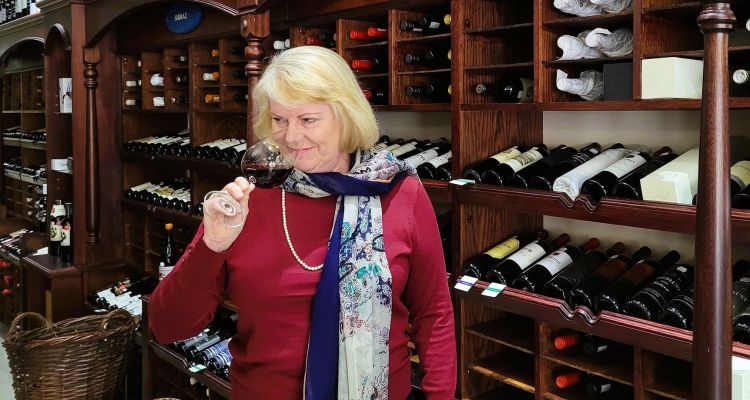Marco Simonit, founder of Simonit & Sirch, is something of a celebrity in the world of wine. While his specialisation might not be considered the most glamorous, Marco’s unorthodox pruning methods are revolutionary, and vineyards across the world, including here in South Africa, are bearing the fruit.
We caught up with the Italian master pruner during his recent visit to the Cape Winelands.
Q&A with Marco Simonit
Q: What’s the reason for your visit to South Africa?
MS: South Africa is an important market for Simonit & Sirch. I often check in with various country managers and local teams on their progress in the field. I also do routine check-ins with customers in each country.
It’s important for us to hear from our customers and country managers on their experiences with our techniques, whether positive or critical, and we learn a lot from this feedback.
Our aim is always to try and understand and share experiences (and challenges) with other markets across the world.
Q: Have South Africa’s viticulturists been receptive of your methods and techniques?
MS: As with many other places around the world, we’ve had some initial resistance to our methods, which is expected. It kicked my ass a lot more in the early years. But we’ve been doing this for close on 35 years, and having worked in South Africa for 10 years, we’re starting to see the results.
The situation in the world is changing, which has helped us in our job. Because our methods are so unorthodox and technical, it was hard to convince our customers in the beginning. But it’s not until they start seeing the results when we see a change in mindset.
It’s a big investment for the long-term, but South Africans are in fact, open to change and have really embraced the process and the benefits of our techniques. But as I said, it’s a long game, and the results are showing. We’ve also done a lot in terms of skills development with vineyard workers in South Africa.

Marco Simonit (Simonit&Sirch), Anton Pretorius (WineLand Media) and Livio Tognon (Simonit&Sirch)
Q: Can you briefly explain your methods?
MS: Firstly, pruning affects the vascular integrity of a plant and if that integrity is compromised the plant can die. We use a calibrated method of pruning that reduces the devastating effect the cutting has on the plant’s lymphatic system, which can cause it to dry out from the inside.
This system can be applied to all types of vine training because the method of correct pruning has nothing to do with how the vines are trained. In short, we allow the plant to grow with time and occupy space with its trunk and branches.
We guarantee continuity in the flow of lymph within the plant and carry out correct non-invasive and small cuts on young plants. We also employ the so-called ‘respect the wood’ method to keep the lymph system from drying out.
To expand our methods, our technicians do on-site training at various estates and wineries, working alongside those operating in the vineyard.
Q: Profitability in the vineyard has been a challenge for many wineries in South Africa. What’s your core message here?
MS: We work towards preventing the uprooting of vineyards and focusing on longevity to keep the vines in the ground. Our aim is to keep the vegetative points alive, make producers more vineyard focused on the long term for more terroir-specific grapes.
The longer the vines stay in the ground, the more the character of the grapes and the wine start to respect the terroir. This influences water, fertilizer, and labour applications, and thus you start seeing a substantial saving in time, money, and effort.
One of the most important things for the quality and quantity of your vines and grapes is to have homogenic ripening.
Q: What is the best way to sum up the Simonit & Sirch method?
MS: If I had to choose a single word, I would say ‘respect’ — respect for plants, for man and for the environment. All this can be summed up by know-how in the vineyard.

Click here to get your copy of WineLand Magazine, and here to subscribe to our newsletter.
Simonit, Simonit, Simonit, Simonit



















